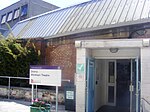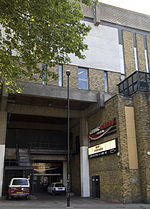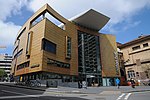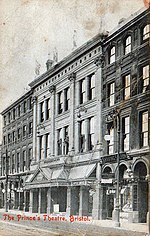Red Lodge Museum, Bristol
1580 establishments in EnglandGardens in BristolGeorgian architecture in BristolGrade I listed buildings in BristolGrade I listed houses ... and 6 more
Grade I listed museum buildingsHistoric house museums in BristolHouses completed in 1580Houses in BristolMuseums in BristolUse British English from July 2013
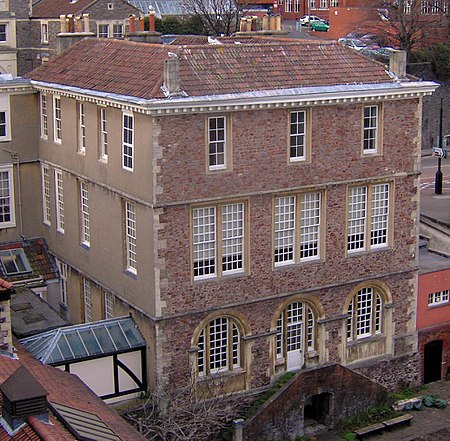
The Red Lodge Museum (grid reference ST582731) is a historic house museum in Bristol, England. The original building was Tudor/Elizabethan, and construction began in 1579–1580, possibly to the design of Sebastiano Serlio. The main additional building phases are from the 1730s and the early 19th century.The Red Lodge is a free museum but runs on donations, and is managed as a branch of Bristol City Council. The museum is open from 1 April to 31 December on Saturdays, Sundays, Mondays and Tuesdays, 11 am – 4 pm.
Excerpt from the Wikipedia article Red Lodge Museum, Bristol (License: CC BY-SA 3.0, Authors, Images).Red Lodge Museum, Bristol
Park Row, Bristol City Centre
Geographical coordinates (GPS) Address Phone number Website External links Nearby Places Show on map
Geographical coordinates (GPS)
| Latitude | Longitude |
|---|---|
| N 51.455556 ° | E -2.599583 ° |
Address
The Red Lodge Museum
Park Row
BS1 5LJ Bristol, City Centre
England, United Kingdom
Open on Google Maps

